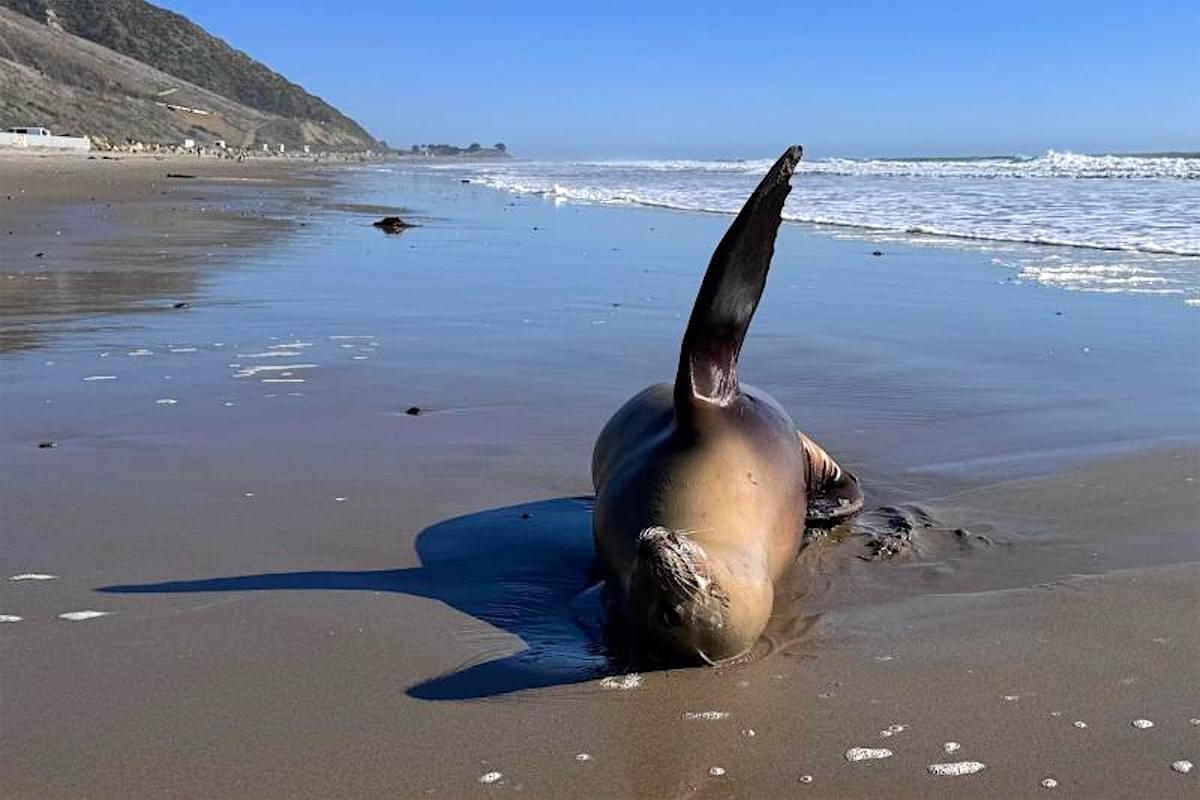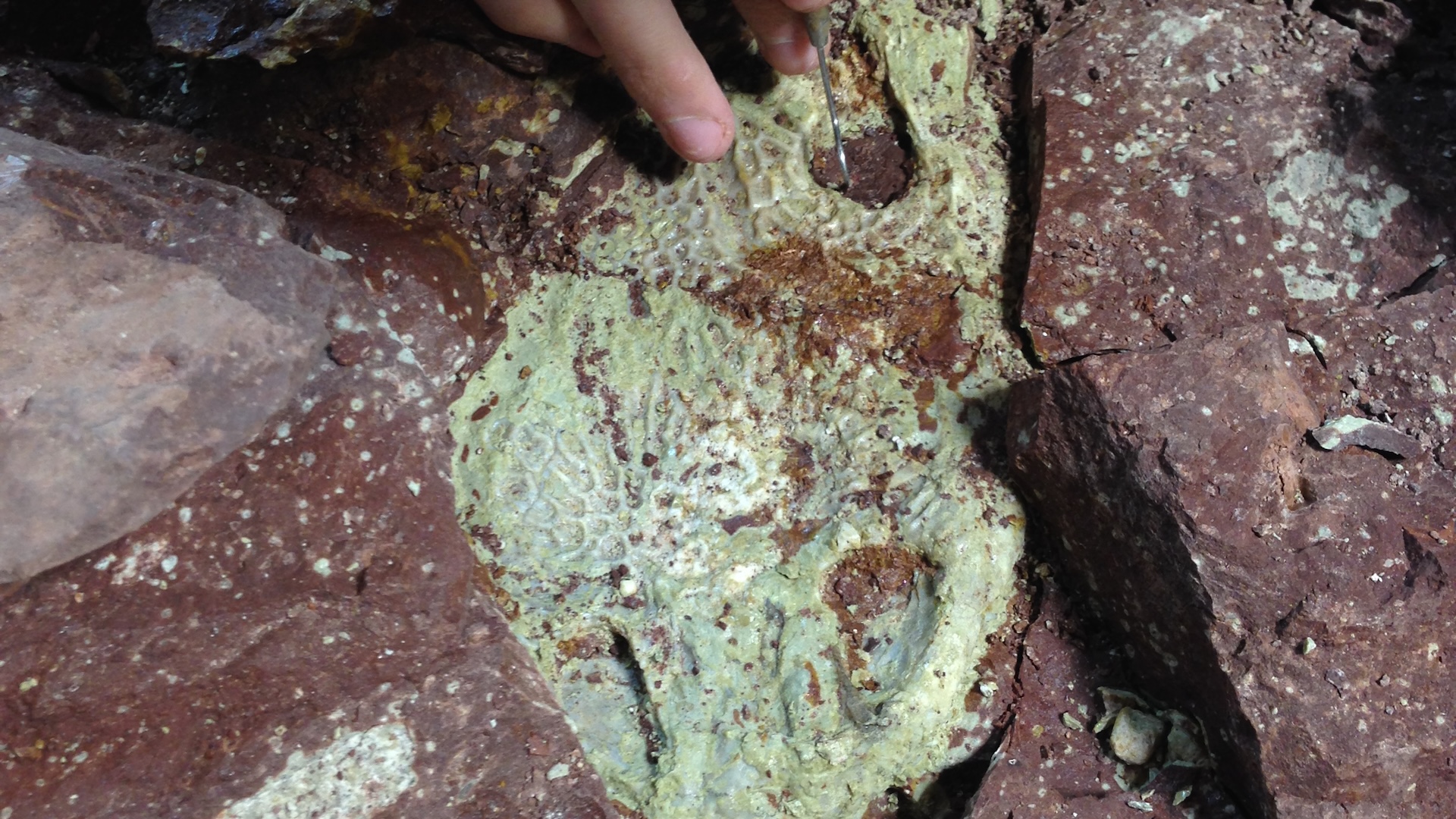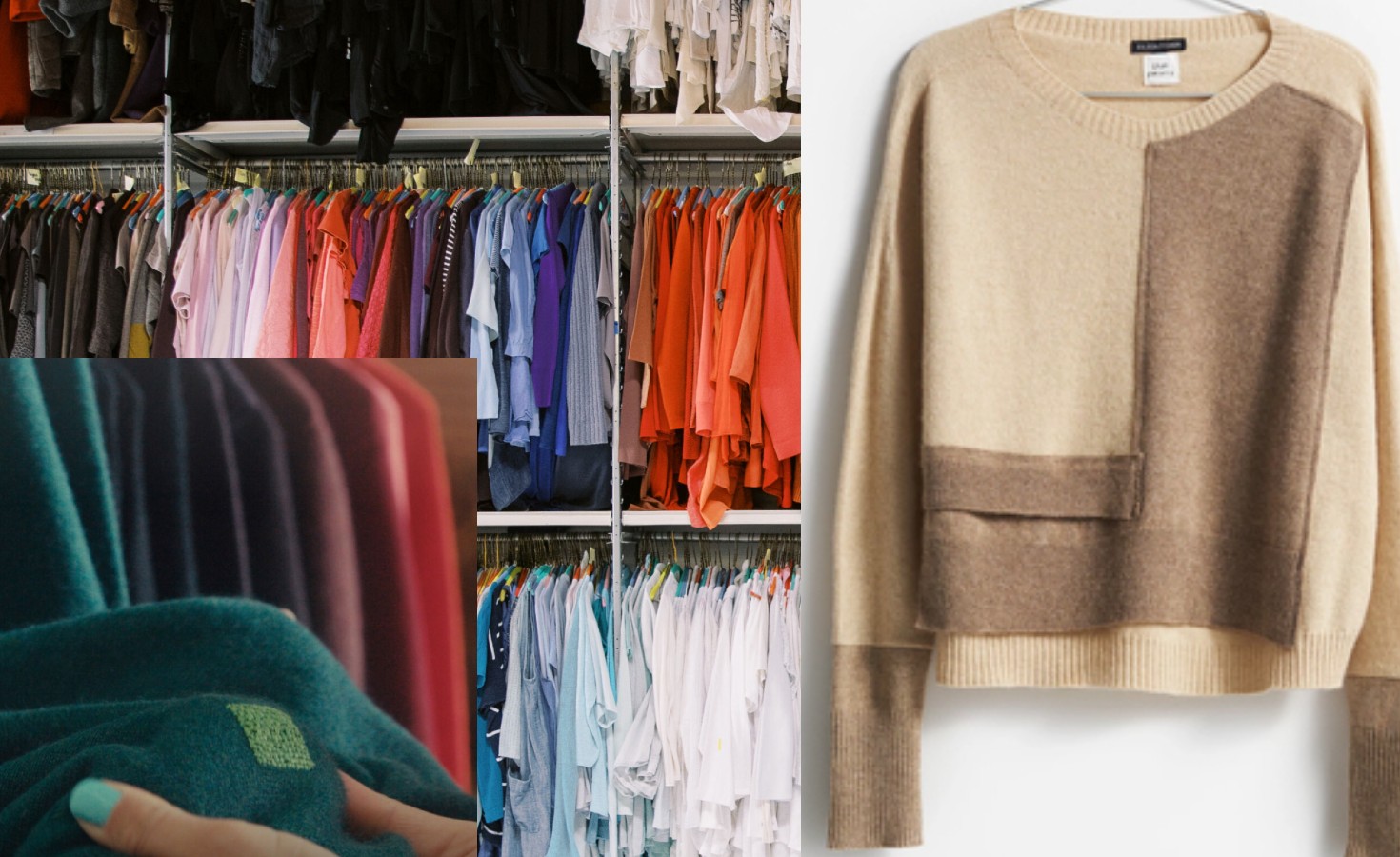How Crocs’ CSO uses change management to cut emissions
Danone sustainability veteran Deanna Bratter is driving Crocs toward net zero status by rethinking plastics. The post How Crocs’ CSO uses change management to cut emissions appeared first on Trellis.

Crocs is one of the few consumer products brands that proactively talks up the link between using less fossil fuels-derived plastic in products and its ability to achieve net-zero status for corporate greenhouse gas emissions. Most companies champion these goals separately.
It’s a logical connection: Croslite, a blend of ethylene-vinyl acetate and other substances, represents 80 percent of the materials that the iconic clog maker sources for the 150 million pairs of shoes it sells annually.
Crocs is working hard to change the composition of Croslite without compromising consumer expectations for durability and comfort. Its goal is to replace 50 percent of the mix by 2030 with materials that are “bio-circular” — which, right now, means they’re made from spent cooking oils and tall oil that comes from paper milling and recycling. As of its latest disclosures, Crocs is halfway there.
By weaning off plastics over the past four years, Crocs has already reduced the life-cycle emissions associated with a pair of classic Crocs clogs by about 20 percent to 2.02 kilograms — equivalent to what’s emitted by burning two gallons of gasoline, according to the veteran sustainability professional managing this strategy. The goal is to reduce the footprint by 50 percent by 2030.
“Materials and manufacturing are the biggest levers [we have] to meet our net zero by 2040 goal and find reductions,” said Deanna Bratter, chief sustainability officer for Crocs, in the latest episode of Climate Pioneers. “We really started to focus on how we can innovate and take our materials and look at it both through an opportunity lens to reduce the impact of the material and also to reduce the carbon emissions associated with it.”

Change management for materials management
Bratter joined Crocs in April 2022 after almost 17 years with a yogurt and dairy organization that would eventually become part of Danone’s North America operations. She was instrumental in her prior employer’s successful bid to become a certified B corporation — a process that requires corporate-wide scrutiny of processes.
That experience has been invaluable at Crocs, where Bratter is the first person to hold an official sustainability role, reporting directly to the CEO. The company set its goals before she joined; part of Bratter’s initial remit was to assess whether Crocs could “credibly and authentically” deliver on them.
She’s done that by assigning members of her seven-personal team to work closely with counterparts across the organization.
“I really love making sure that we are touching every team in the business,” she said, “and that they have a go-to on the team to draw those connections and bring ideas and sort of implement from the strategy that we’re building for the business. It’s so important that we have a holistic way of engaging and being a partner with everyone across the organization.”
Crocs materials managers, procurement specialists and product designers are at the center of the company’s ongoing plastics transition. “The biggest changes we made were in the management of the practice,” said Bratter, who outlined a playbook of sorts for this kind of transition.
Key steps to prioritize
Find experts to co-develop metrics
Crocs uses a third-party certification from the International Sustainability & Carbon Certification initiative used to measure bio-circular claims. “A lot of folks from the materials team to the manufacturing team have to partner to make sure that documentation and that process is really organized and clean, so that we can certify and audit and everything that comes with that,” she said.
Use existing processes where possible
The decision to source used cooking oil as a replacement was based on availability and because it was an easy replacement. “We’re able to capture that cooking oil and turn it into essentially a drop-in where we didn’t need to retool or change our production, but we’re using an input that is made from plant oils instead of made from fossil fuels,” Bratter said.
Find shared value with suppliers, and create space for new competition
Crocs engaged supply chain partners with their own emissions reduction commitments to find common ground and explore ways to create a new production roadmap. The shoe commpany also added new collaborators that had experience with bio-circular processes, as a bid to keep costs down. As of its last environmental report, Crocs had 314 suppliers. “Many bio-circular and bio-based materials and alternatives often come at a premium,” she said.
Get product designers excited
One area of particular focus is how to use scraps of Crocs reclaimed through the company’s takeback program in new designs. The company collects shoes at 160 retail stores in the U.S. and Canada, and offers a mail-in program. The wearable ones are clean and donated so that they can make it onto someone else’s feet, while the rest are shredded.
Increasing the amount of recycled, bio-based content in Crocs products is a vital component of meeting the bio-circular goal. The “Keep It Going” product line features designs made from 25 percent recycled materials.
What Crocs is willing to claim about progress
Crocs uses mass balance accounting to discuss the environmental claims related to its materials changes, which has been a bone of contention for some critics. So, when Crocs reports that 25 percent of its production contains bio-based replacements for virgin plastic, that means across all of its production facilities.
The method, though approved by ISCC, is still controversial because Crocs can’t say definitively that a specific pair of shoes contains that much.
For that reason, Crocs doesn’t include carbon labels, although it does weave messaging about its mission to reduce fossil fuels-derived materials into its marketing, noting how that doesn’t need to come with any sort of sacrifice when it comes to price and comfort.
“We’re not saying, ‘Hey consumers, if you’re interested in sustainability, buy this,’ or ‘If you can afford sustainability, buy this,’ Bratter said. “We’re saying, ‘We all believe it’s important, so we’re just making our shoes better.”
The post How Crocs’ CSO uses change management to cut emissions appeared first on Trellis.


















































































































































